

Cosmox Blogs
Interstellar Travel 🚀
Since childhood, we have watched people in movies traveling in deep space at incomprehensible speed in spaceships that are so futuristic and huge. A lot of you would also have had this dream at least once in your childhood and you might have thought that this should be possible but seeing the reality you were heartbroken but then eventually moved on let’s just once revisit and revive this dream of us all.
Proposed methodsThere are some proposed methods for achieving propulsion capable of producing enough thrust that can get us to high speeds close to the speed of light like
Nanoprobes
These are nano spacecraft that uses nanoparticle as a propellant to achieve speed near c (speed of light) These devices act like small particle accelerators shooting conductive nanoparticles out into space. These nanoprobes use nanotechnology so that their size can be decreased and stored in a compact space to increase their efficiency.
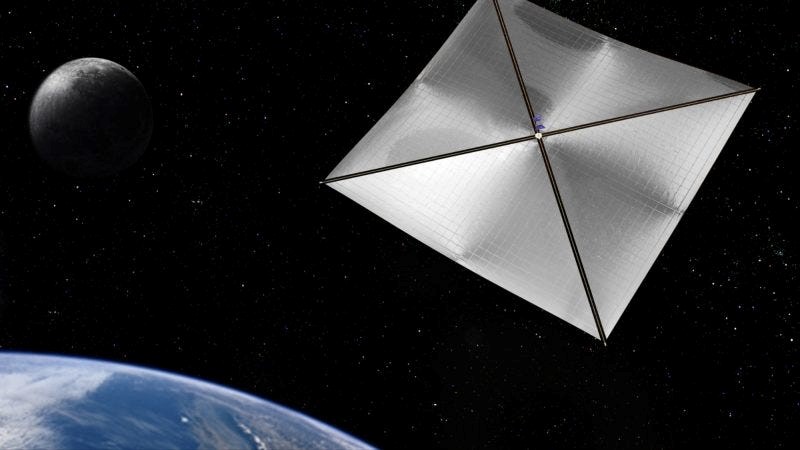
Generation ships
This is a type of spacecraft which is like an interstellar ark starship this spacecraft will travel at sub-c, due to which it might take 100s of 1000s of year to reach nearby star so in this the command of the spaceship will pass on from one generation to another meaning after the death of first-generation their successors will continue the journey and so on until they reach their destination. Of course, this has its problems like convincing the future generations to continue the journey and preventing fights from happening between them which might hinder the continuation of the voyage and providing resources for all the generations, etc.

Suspended animation
Scientists and writers have postulated various techniques for suspended animation. These include human hibernation and cryonic preservation. Although neither is currently practical, they offer the possibility of sleeper ships in which the passengers lie inert for the long duration of the voyage. This could solve the problems of the generation spacecraft method and save a lot of resources and the aging problem.
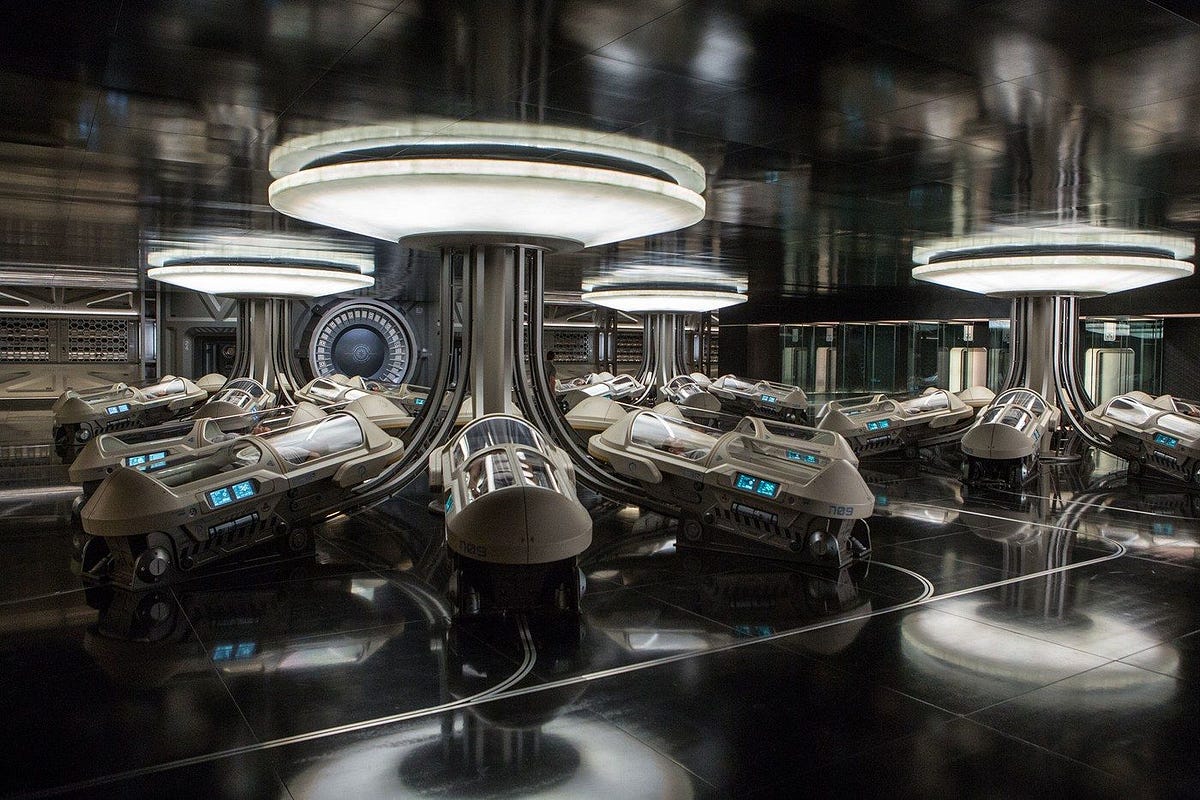
Frozen embryos
A robotic interstellar mission carrying some number of frozen early-stage human embryos is another theoretical possibility. This method of space colonization requires, among other things, the development of an artificial uterus, the prior detection of a habitable terrestrial planet, and advances in the field of fully autonomous mobile robots and educational robots that would replace human parents.
Time dilation
Physicists generally believe faster-than-light travel is impossible. Relativistic time dilation allows a traveler to experience time more slowly, the closer their speed is to the speed of light. This apparent slowing becomes noticeable when velocities above 80% of the speed of light are attained. Clocks aboard an interstellar ship would run slower than Earth clocks, so if a ship's engines were capable of continuously generating around 1 g of acceleration (which is comfortable for humans), the ship could reach almost anywhere in the galaxy and return to Earth within 40 years ship-time (see diagram). Upon return, there would be a difference between the time elapsed on the astronaut's ship and the time elapsed on Earth.
For example, a spaceship could travel to a star 32 light-years away, initially accelerating at a constant 1.03g (i.e. 10.1 m/s2) for 1.32 years (ship time), then stopping its engines and coasting for the next 17.3 years (ship time) at a constant speed, then decelerating again for 1.32 ship-years, and coming to a stop at the destination. After a short visit, the astronaut could return to Earth the same way. After the full round-trip, the clocks on board the ship show that 40 years have passed, but according to those on Earth, the ship comes back 76 years after launch.
From the viewpoint of the astronaut, onboard clocks seem to be running normally. The star ahead seems to be approaching at a speed of 0.87 light years per ship-year. The universe would appear contracted along the direction of travel to half the size it had when the ship was at rest; the distance between that star and the Sun would seem to be 16 light years as measured by the astronaut. At higher speeds, the time on board will run even slower, so the astronaut could travel to the center of the Milky Way (30,000 light years from Earth) and back in 40 years ship-time. But the speed according to Earth clocks will always be less than 1 light year per Earth year, so, when back home, the astronaut will find that more than 60 thousand years will have passed on Earth. This thing will allow us to reach far away stars systems and other places in just a few years time with respect to the person in the non-inertial frame of reference.
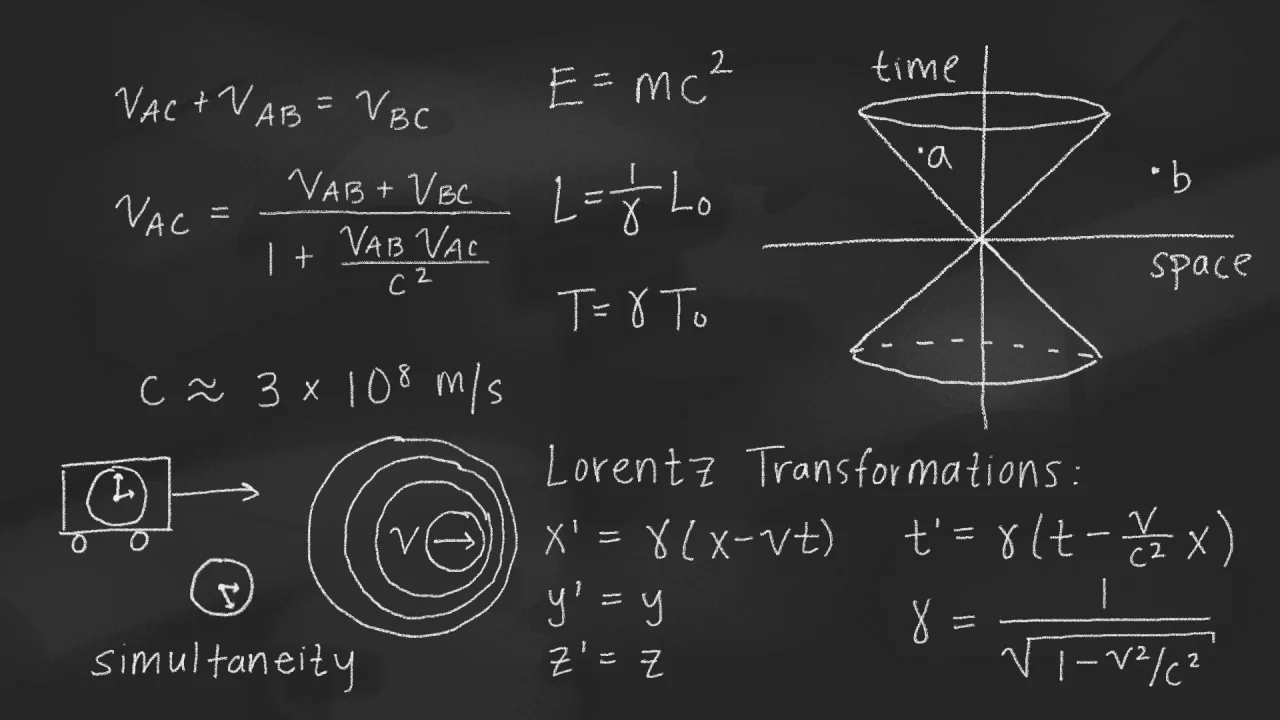
Propulsion
Rocket conceptsAll rocket concepts are limited by the rocket equation, which sets the characteristic velocity available as a function of exhaust velocity and mass ratio, the ratio of initial (M0, including fuel) to final (M1, fuel depleted) mass.
Very high specific power, the ratio of thrust to total vehicle mass, is required to reach interstellar targets within sub-century time-frames. Some heat transfer is inevitable and a tremendous heating load must be adequately handled.
Thus, for interstellar rocket concepts of all technologies, a key engineering problem (seldom explicitly discussed) is limiting the heat transfer from the exhaust stream back into the vehicle.
Ion engine
A type of electric propulsion, spacecraft such as Dawn uses an ion engine. In an ion engine, electric power is used to create charged particles of the propellant, usually the gas xenon, and accelerate them to extremely high velocities. The exhaust velocity of conventional rockets is limited to about 5 km/s by the chemical energy stored in the fuel's molecular bonds. They produce a high thrust (about 106 N), but they have a low specific impulse, and that limits their top speed. By contrast, ion engines have low force, but the top speed in principle is limited only by the electrical power available on the spacecraft and on the gas ions being accelerated. The exhaust speed of the charged particles ranges from 15 km/s to 35 km/s. Now this may not sound enough but can be a reliable engine to get us to nearby planets in less amount of time like Uranus and Neptune which are on the outskirts of the solar system.

Nuclear fusion rockets
Fusion rocket starships, powered by nuclear fusion reactions, should conceivably be able to reach speeds of the order of 10% of that of light, based on energy considerations alone. In theory, a large number of stages could push a vehicle arbitrarily close to the speed of light. These would "burn" such light element fuels as deuterium and tritium which are the isotopes of hydrogen, 3He, 11B, and 7Li. Because fusion yields about 0.3–0.9% of the mass of the nuclear fuel as released energy, it is energetically more favorable than fission, which releases <0.1% of the fuel's mass energy. The maximum exhaust velocities potentially energetically available are correspondingly higher than for fission, typically 4–10% of the speed of light. However, the most easily achievable fusion reactions release a large fraction of their energy as high-energy neutrons, which are a significant source of energy loss. Thus, although these concepts seem to offer the best (nearest-term) prospects for travel to the nearest stars within a (long) human lifetime, they still involve massive technological and engineering difficulties, which may turn out to be intractable for decades or centuries.
Right now physicists are finding new ways to utilize and make its production simpler and feasible so that it can help us achieve the technological feat.
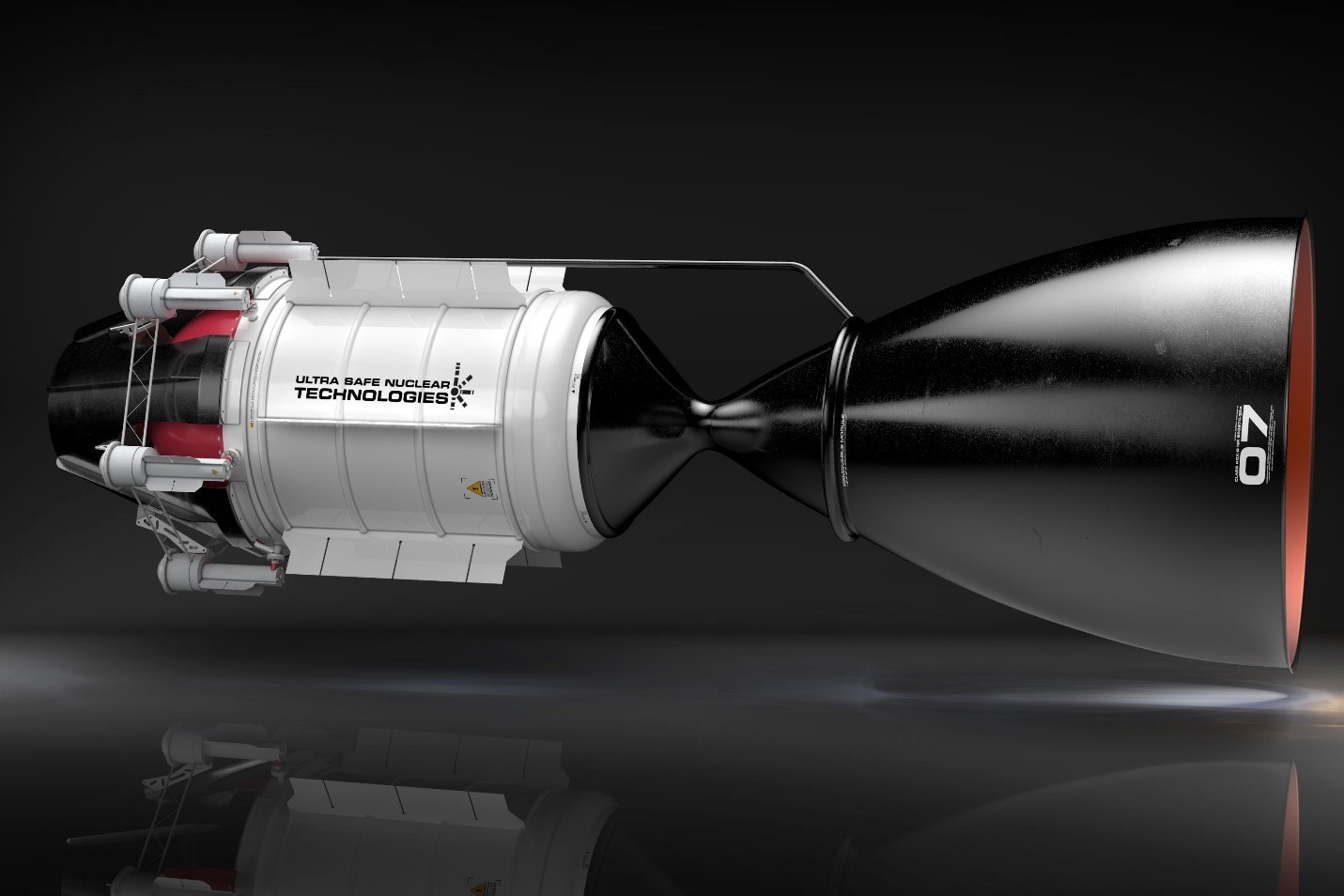
Antimatter rockets
An antimatter rocket is a type of rocket that uses antimatter as its fuel, now antimatter is just the opposite of ordinary atoms in which electrons are +vely charged and protons in the nucleus are –very charged now when the matter comes in contact with antimatter both of them annihilate each other the instant they come into contact with each other now many engineers and physicists are considering a very powerful fuel for interstellar travel since it can produce the thrust capable of accelerating to speed close to 90% of c, but the problems with this is its cost and management, the cost of 1 gram of antimatter is about 66$ trillion which makes it expensive and hard to handle if it comes in contact with ordinary matter it can cause a huge amount of destruction and may as well destroy the spacecraft.
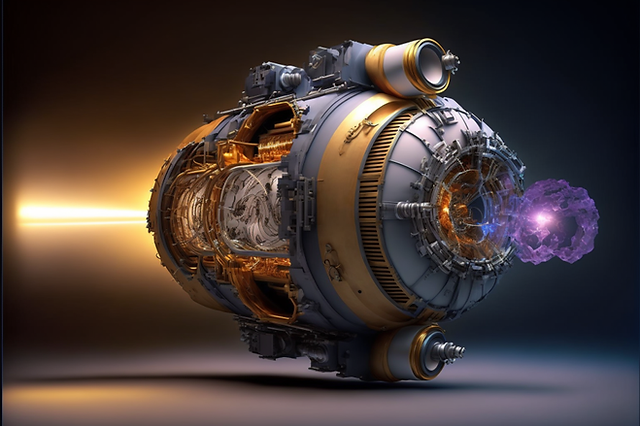
Warp Drive
This is the most futuristic and different method of interstellar travel to ever be considered, just like space-time can expand faster than c we can manipulate space-time by creating a warp field that will contract space in front and expand it behind it thus it will not be the spacecraft that moves through space but the space itself that moves the spacecraft through itself just like ocean tides pushing a surfer. This method may sound very unreal but recent researches tell us that it is possible and as we study this more and more we will create an Alcubierre warp drive that will travel faster than c without violating the laws of relativity. And as we learn more about it its creation might as well also come to reality.
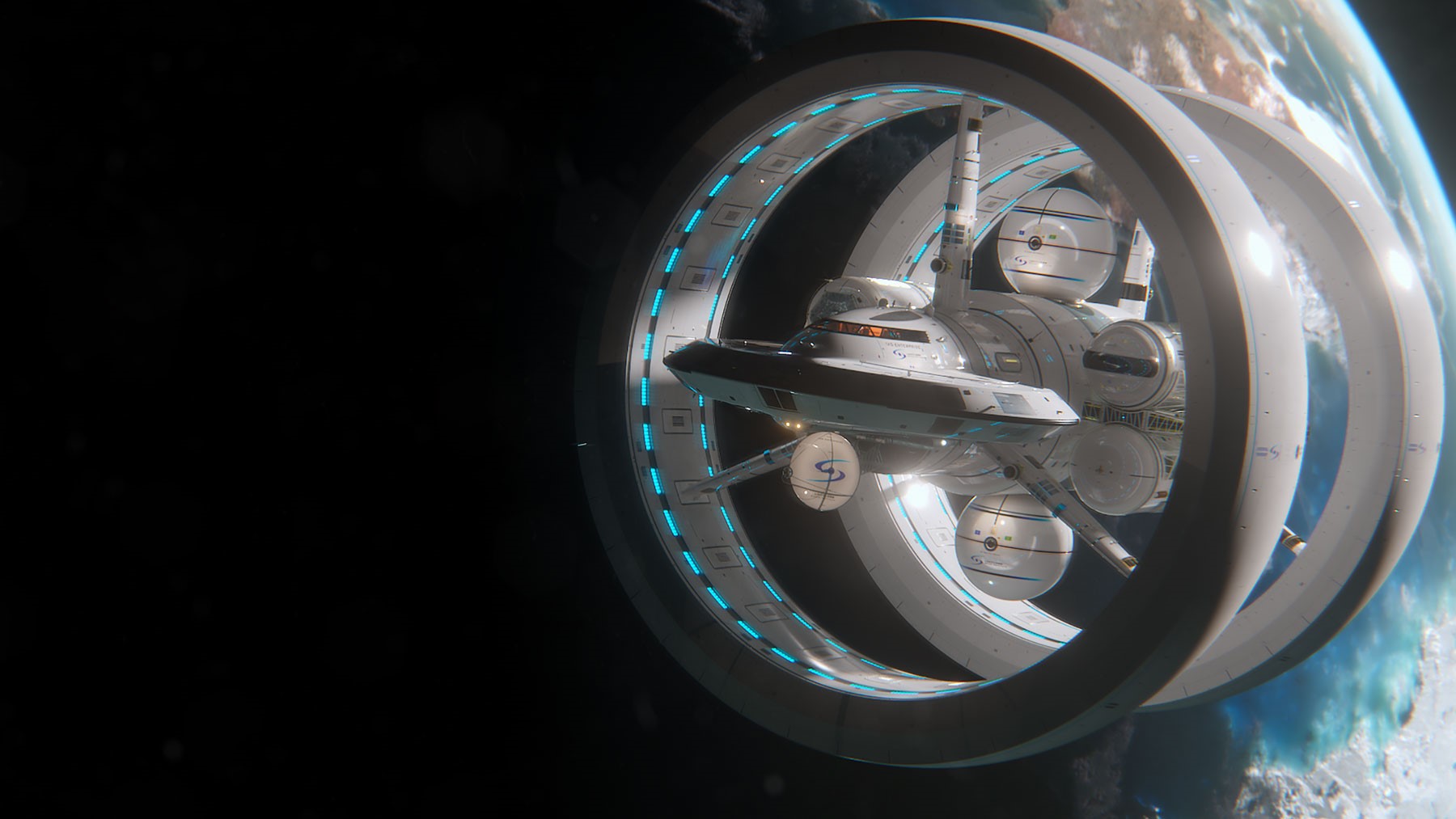 Feasibility
FeasibilityThe energy requirements make interstellar travel very difficult. It has been reported that at the 2008 Joint Propulsion Conference, multiple experts opined that it was improbable that humans would ever explore beyond the Solar System. Brice N. Cassenti, an associate professor with the Department of Engineering and Science at Rensselaer Polytechnic Institute, stated that at least 100 times the total energy output of the entire world [in a given year] would be required to send a probe to the nearest star.
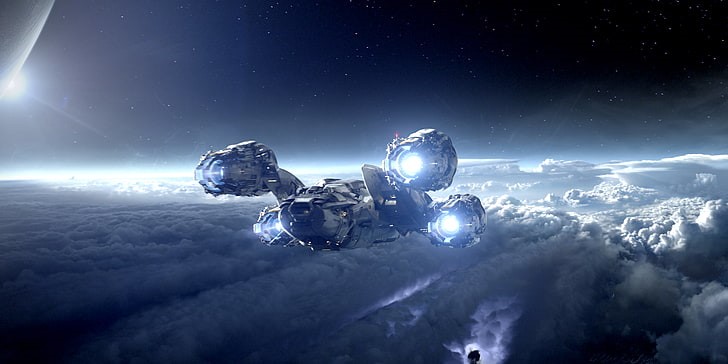
Conclusion
Though sometimes interstellar travel may seem impossible but humans have always broken all limits of possible and I am pretty sure the time will come again when we will venture into the unknown and find our destiny amongst strange galaxies.


Cosmox Blogs
A non profit organization that works on writing and delivering blogs on cosmology, natural sciences & environment, so that people can learn more about it. We even run a forums page, where our users interacts with each other and discuss about Cosmology, Natural Sciences & Astronomy. We even run an instagram and a youtube channel with podcasts.